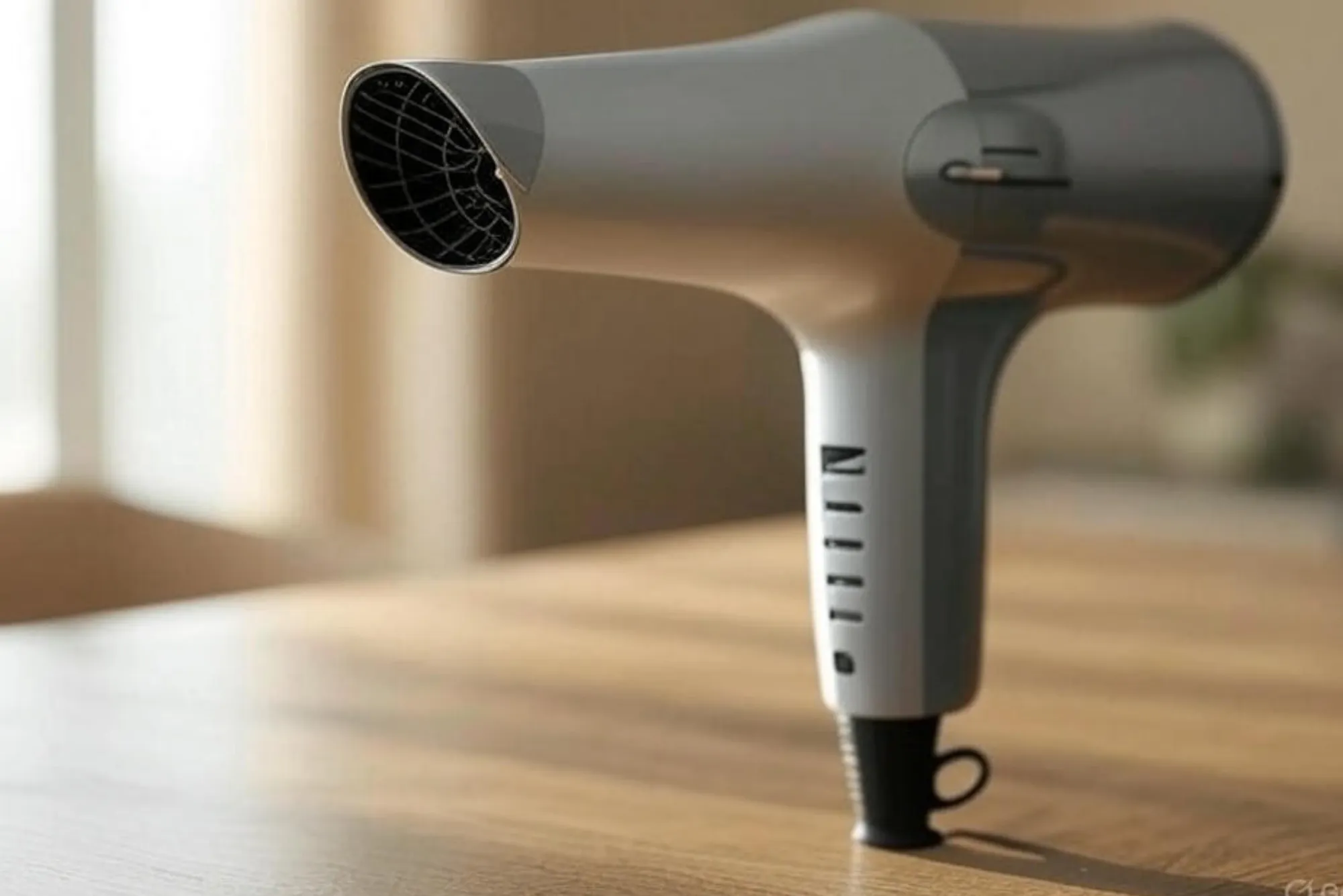Treasure hunting has fascinated people for centuries, and with today’s technology, the tools available are more advanced than ever. Among the most talked-about devices in the world of metal detection is the long range locator gold detector. These machines are designed not just for hobbyists but also for serious prospectors who want to cover large areas efficiently. If you’ve ever wondered how these detectors work, what makes them different, and whether they’re worth investing in, this article will guide you through everything you need to know.
Understanding Long Range Locator Gold Detectors
A long range locator gold detector is a specialized type of device designed to detect gold deposits, treasures, or buried objects at extended distances compared to standard detectors. Unlike traditional metal detectors that require you to sweep a coil closely over the ground, long range detectors use advanced frequency transmission and signal reception systems to scan much larger areas.
The main advantage of these devices is their ability to save time. Instead of painstakingly covering every inch of soil with a standard coil, long range locators can point you toward promising areas from a distance. This makes them particularly popular in regions where terrain is difficult to navigate, such as deserts, mountains, or rocky landscapes.
How Do They Work?
Long range gold detectors typically operate by transmitting a signal into the ground and measuring how that signal interacts with buried metals. Some models use ion detection technology, while others rely on frequency-based systems designed to resonate with gold and precious metals.
When properly calibrated, these devices can detect gold from dozens or even hundreds of meters away. However, it’s important to note that skill and experience play a huge role in getting accurate results. Many new users underestimate the learning curve, assuming the machine will do all the work. In reality, proper setup, knowledge of geology, and consistent practice are key to success.
Why Treasure Hunters Prefer Long Range Detectors
One of the biggest reasons long range detectors are favored by professional prospectors is efficiency. Covering vast areas with a conventional detector can take weeks or months. With a long range locator, hunters can quickly identify zones worth exploring more thoroughly.
Another advantage is depth. While standard detectors are often limited to shallow targets, many long range models are capable of detecting objects several meters underground. This makes them attractive not just for casual gold seekers but also for archaeologists and exploration teams.
The Role of Price and Accessibility
Like any advanced technology, long range detectors vary widely in cost. The long range gold detector price depends on factors such as brand, detection range, depth capacity, and extra features like digital displays or multiple frequency modes. For beginners, the investment may seem significant, but for serious hunters, the value lies in the time saved and the discoveries made possible.
When evaluating price, it’s worth considering after-sales support, warranty coverage, and training resources. A cheaper detector without reliable support may end up costing more in the long run if it fails to perform in the field.
Spotlight on the Spark Gold Detector
Among the notable long range detectors available today is the Spark. This device has gained attention for combining user-friendly design with powerful detection capabilities.
Spark offers multiple search modes, allowing users to fine-tune the device depending on the type of terrain or target. Its portability is another advantage—it’s lightweight, easy to set up, and designed for both professionals and hobbyists. Many treasure hunters appreciate how Spark simplifies the long range detection process while still offering reliable depth and accuracy.
From field reports, Spark has proven especially useful in wide, open areas where covering every square meter with a traditional detector would be impractical. It also offers flexibility for detecting other valuable metals, not just gold.
Real-World Experiences with Long Range Detectors
In my experience and conversations with other treasure hunters, long range gold detectors are often the difference between wasted time and successful expeditions. One prospector I met in the Middle East explained how his team used a long range detector to identify a promising site in rocky terrain. Instead of weeks of scanning, they were able to pinpoint the location within a few hours.
That said, it’s not always a guarantee of instant success. Long range detectors require patience and skill. False positives can occur, especially in areas with mineralized soil or interference. This is why many seasoned hunters recommend using them in combination with traditional metal detectors for confirmation.
Are Long Range Gold Detectors Worth It?
For serious treasure hunters, the answer is yes. These devices offer speed, depth, and efficiency that conventional detectors cannot match. However, beginners should temper their expectations and approach the technology as a tool that complements—not replaces—their knowledge and skill.
Investing in a high-quality model like Spark, combined with training and practice, can transform the way you approach treasure hunting. The ability to scan large areas and target specific zones gives you a significant edge, especially in competitive or hard-to-access environments.
Final Thoughts
A long range locator gold detector is more than just a gadget—it’s a serious investment in time, efficiency, and discovery. While the technology can seem complex at first, the benefits are undeniable for those willing to learn. Devices like Spark demonstrate how far the industry has come, offering advanced detection in a portable, easy-to-use format.
For those curious about diving into the world of long range gold detection, understanding the balance between technology, price, and personal skill is key. With the right mindset and the right device, the potential for discovery is truly exciting.







